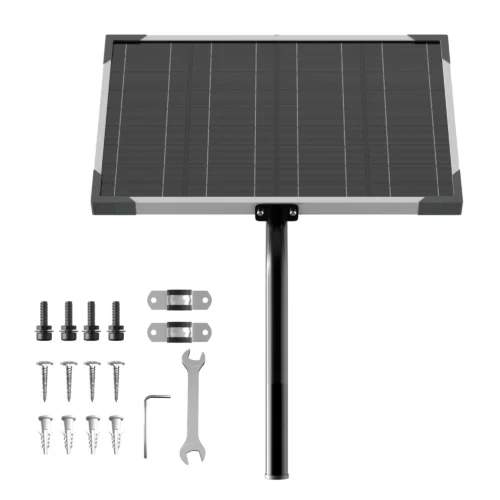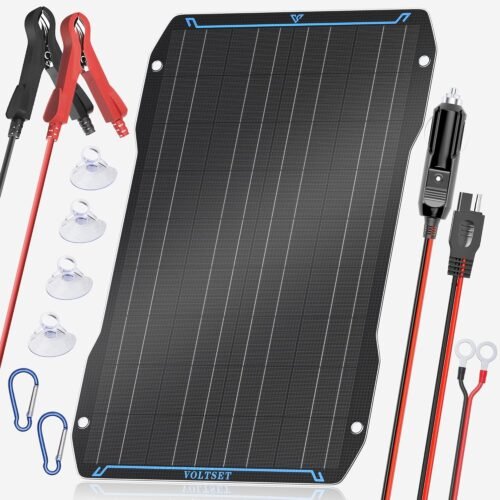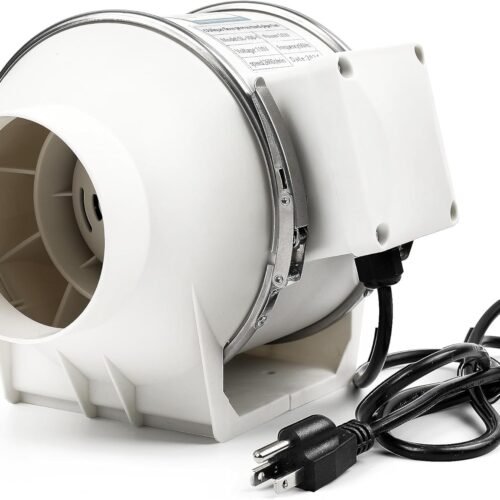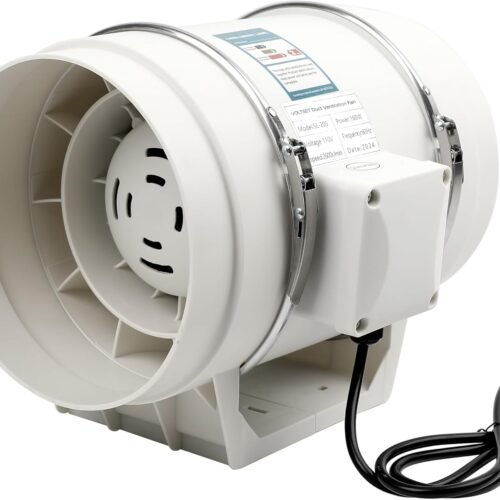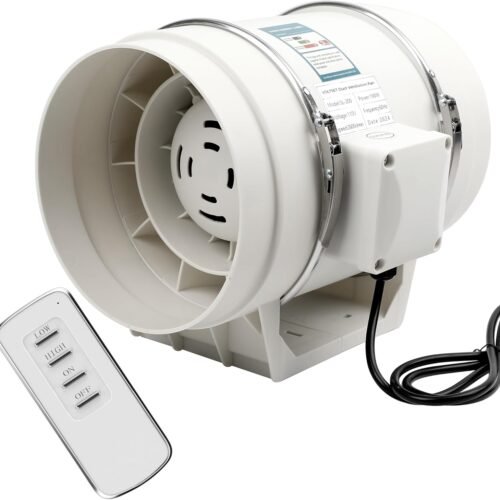The Benefits of MPPT Charge Controllers for Solar Systems

As the demand for renewable energy grows, solar systems have become famous homes, businesses and outdoor enthusiasts. A charge controller is an essential component of any efficient solar system. Maximum Power Point Tracking (MPPT) charge controllers are most types, being efficient and technologically advanced. This article explores the benefits of MPPT charge controllers and why they are essential for optimizing solar system performance.
An MPPT Charge Controller is what is it?
An MPPT charge controller is a device which maximizes energy that is being produced by solar panels and transferring into the battery storage system. MPPT and other controllers work differently than older PWM (Pulse Width Modulation) controllers that control the voltage while MPPT controllers change how they are powered in real time based on such things as environmental conditions (sunshine and temperature).
Key Function:
MPPT charge controllers find the most power point in a solar panel and then operate the system at this most power point to get as much energy as possible.
How MPPT Controllers Work
The voltage the solar panels produce changes based on the sunlight and the weather. Maximum Power Point (MPP) is the voltage at which that panel delivers maximum power. MPPT charge controllers follow this point in tracking it and setting the voltage and current so that maximum energy is delivered to the battery under changing conditions.
Let’s use an example: suppose that panel produces 18V but the battery needs 12V; in such a case, MPPT controller lowers the voltage but at the same time increases the current to not waste the power.

Benefits of MPPT Charge Controllers
Increased Efficiency
- MPPT controllers are always much more efficient than PWM controllers, often to a level of 95 % and above. Better solar energy capture is converted into usable electricity.
- Efficiency Boost in Low Light: MPPT controllers outshine in cloudy or shaded conditions, if they still figure out the optimal power point.
- Efficiency in Cold Climates: MPPT controllers adjust to a higher voltage output that is made possible at colder operating temperatures. Solar panels work better at colder temperatures.
Maximized Energy Harvesting
- MPPT controllers are able to adapt to change and extract as much energy as possible from solar panels.
Example: By using MPPT controllers alone, a 200W solar panel will consistently put out near their rated output; whereas a 200W solar panel with a PWM controller may only produce 70–80% efficiency.
High Voltage Panels Compatibility
With MPPT controllers, you can combine high voltage solar panels with lower voltage batteries, with more flexibility in system design.
- Benefits for Large Systems: As high voltage panels reduce wiring losses and allow smaller cable sizes, their installation cost is reduced.
Example: An MPPT controller can fast charge a 12V battery from a 24V panel.
Faster Charging Times
MPPT controllers substantially increase active battery charging times by delivering more energy to the battery. This is especially beneficial for:
- It is suitable for off grid systems where fast recharging is the need of hour.
- The ability to reduce downtime and stow away helpful equipment when things are down.
Reduced Energy Losses
The core of MPPT techniques is to save wasted energy by always trying to maximize power. This is particularly useful in:
- Variable Weather: Partly shaded conditions or even overcast days.
- Diverse Environments: MPPT controllers can work in tropical heat and winter cold, and always stay performing at peak.
Cost Savings Over Time
MPPT controllers come with a higher upfront cost than PWM controllers, but due to their better efficiency they produce more energy while producing electricity faster.
- Reduced Battery Wear: This extends the life of the battery, and in the long run it saves money by having an effective charging.
- Lower Installation Costs: Primary cost reduction for large scale systems involves the ability to use smaller cables and less number of panels.
Improved System Scalability
MPPT controllers also make it easy to expand solar systems easily. They can be used with multiple voltages and configurations, and are compatible with many panels or extra storage capacity without having to overhaul the whole setup.
When to Choose an MPPT Controller?
An MPPT charge controller is particularly advantageous for:
- High-Power Systems: MPPT technology is applied best to larger solar setups like for homes or business.
- Cold or Variable Climates: Fluctuating temperatures and sunshine per environment.
- Off-Grid Applications: In uses where every watt of energy counts: RVs, boats, or remote cabins.
- High-Voltage Panels: In combination with high voltage rated solar panels and a battery bank.Excellent Poor Performance in Low LightHigh Limited Voltage FlexibilitySystems Large/advanced systems Small/basic systems, and outdoor enthusiasts as the demand for renewable energy grows. A crucial component of any efficient solar system is the charge controller. Among the various types, Maximum Power Point Tracking (MPPT) charge controllers are recognized for their efficiency and advanced technology. This article explores the benefits of MPPT charge controllers and why they are essential for optimizing solar system performance.
| MPPT vs. PWM: A Quick Comparison | ||
| Feature | MPPT | PWM |
| Efficiency | 95%+ | 70-80% |
| Cost | Higher | Lower |
| Performance in Low Light | Excellent | Poor |
| Voltage Flexibility | High | Limited |
| Applications | Large/advanced systems | Small/basic systems |
Selecting the Right MPPT Controller
When selecting an MPPT charge controller, consider the following:
- System Voltage: You want to ensure compatibility with your solar panels and your battery bank.
- Current Rating: Make sure to pick a controller that can take on the maximum current produced from your panels.
- Brand Reputation: Trust other brands like Victron Energy, Renogy, VoltSet etc.
- Additional Features: Bluetooth connectivity, built in displays or higher levels of monitoring are available on some controllers.

MPPT Controllers Maintenance Tips
- Keep it Clean: Panel efficiency can be affected by dust and debris in the channel that reduces the performance of the controller.
- Monitor Regularly: Install a monitoring system that can monitor production of energy and some of the problems early.
- Protect from Overheating: Which ensures that the controller is placed in a ventilated area, in order to avoid heat damage.
Conclusion
MPPT charge controllers are:
- A vital element of modern solar systems
- Offering superior efficiency
- Flexibility
- Long-term cost saving
An MPPT controller puts your solar investment to good use, no matter if you want to power your home, RV, off-grid system, or simply expand your existing system. Using these advanced controllers we can achieve a sustainable and reliable energy solution by optimizing the energy harvest while minimizing losses.





